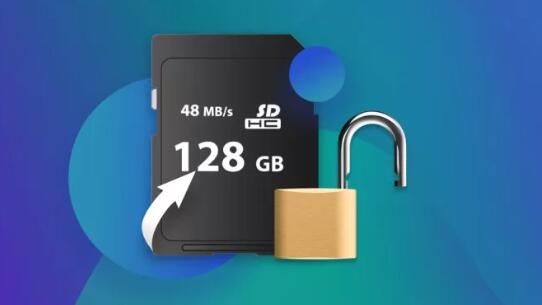1. Your SD Card
Types of SD Cards: Familiarize yourself with different types (SD, SDHC, SDXC) as they vary in storage capacity and compatibility with devices.
File System: Know the file system format (FAT32. exFAT, NTFS) your SD card uses, which can affect compatibility with backup tools.
2. Preparation
Check Storage Space: Ensure you have enough space on the backup destination (external hard drive, cloud, etc.).
Organize Files: Consider organizing files on the SD card for easier backup.

3. Backup Methods
A. Manual Backup to a Computer
Connect the SD Card: Use an SD card reader or connect your device directly to the computer.
Access Files: Open “File Explorer” (Windows) or “Finder” (Mac) and locate your SD card.
Copy Files: Select the files/folders you want to back up, right-click, and choose “Copy.”
Paste to Backup Location: Navigate to your backup destination (like an external hard drive or a specific folder on your computer), right-click, and select “Paste.”
Verify Backup: Check that all files have been copied successfully.
B. Using Backup Software
Free Software Options:
Win32 Disk Imager (Windows): Creates an image of the SD card.
EaseUS Todo Backup: A user-friendly option for backup.
Steps:
Download and install the software.
Launch it and select “Backup.”
Choose the SD card as the source.
Select the destination for the backup file.
Start the backup process and wait for completion.
C. Cloud Backup
Using Cloud Services: Services like Google Drive, Dropbox, or OneDrive can be used.
Steps:
Insert the SD card into your device.
Copy files to a folder on your computer.
Upload the files to your chosen cloud service via its website or app.
Ensure the upload is complete and verify file accessibility from another device.
D. Backup to an External Hard Drive
Direct Backup:
Connect your external hard drive to your computer.
Access the SD card as previously described.
Copy and paste files directly to the external hard drive.
Using Backup Software: Similar to the software method mentioned above, but select the external drive as the destination.
4. Automated Backup Solutions
Using Sync Software: Tools like FreeFileSync or GoodSync can automate the process.
Setting Up Sync:
Install the software.
Set up a sync job by selecting the SD card as the source and your preferred backup location as the target.
Configure the sync settings (one-way or two-way).
Schedule regular backups if the software supports it.
5. Backing Up on Different Devices
A. Mobile Devices
Android: Use apps like Google Photos for images and videos.
iPhone: Transfer using the Files app or iCloud.
B. Cameras and Other Devices
Use the same manual method as with computers, or use specialized software that may come with the device.
6. Verifying Backup Integrity
Always check that your backup files are intact. Open a few files to confirm they work and are not corrupted.
7. Regular Backups
Schedule Regular Backups: Set reminders to back up your SD card periodically, especially if you frequently add new files.
8. Additional Considerations
Encrypt Sensitive Data: If your backup contains sensitive information, consider encrypting it for security.
Backup Multiple Copies: Store backups in different locations (e.g., local and cloud) to ensure redundancy.
Backing up your SD card data is essential to safeguard against data loss. Choose a method that fits your needs, and remember to verify your backups regularly. By following these steps, you can ensure that your data remains safe and accessible whenever you need it.
About us and this blog
Panda Assistant is built on the latest data recovery algorithms, ensuring that no file is too damaged, too lost, or too corrupted to be recovered.
Request a free quote
We believe that data recovery shouldn’t be a daunting task. That’s why we’ve designed Panda Assistant to be as easy to use as it is powerful. With a few clicks, you can initiate a scan, preview recoverable files, and restore your data all within a matter of minutes.
Subscribe to our newsletter!
More from our blog
See all postsRecent Posts
- How to recover a deleted slide in powerpoint? 2025-02-27
- How to recover deleted capcut videos? 2025-02-27
- How to recover a file deleted from a shared drive? 2025-02-27










